 +86 755 2794 4155
+86 755 2794 4155  sales@knownpcb.com
sales@knownpcb.com
-
Shenzhen KNOWNPCB Technology Co., Ltd.
 +86 755 2794 4155
+86 755 2794 4155  sales@knownpcb.com
sales@knownpcb.com
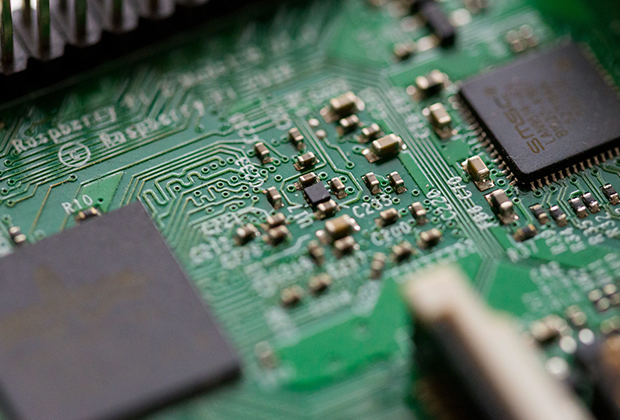
Have you noticed that now more and more of our lighting is using led lighting.What is LED? Compared to the traditional light bulbs, LEDs have lower power consumption, longer lifetime and higher energy efficiency. In the PCB industry,when we say LED PCB, it refers to the pcb used for LED lighting, if you are looking for a suitable LED PCB for your lighting system, this article may bring you something. WHAT ARE LEDS COMPOSED OF?LED is an initial light-emitting diode that produces light when an electric current passes through. LEDs typically have negative and positive electrodes, which generate light in the visible light region.The LEDS are glued to the PCB by soldering process and have electrical connections for lighting.Since light-emitting diodes dissipate a lot of heat when they are in use, when you are designing LED, the metal core is usually the best choice for LED PCB, it is because that it dissipates heat more faster. Among them, the metal material aluminum is the most widely used
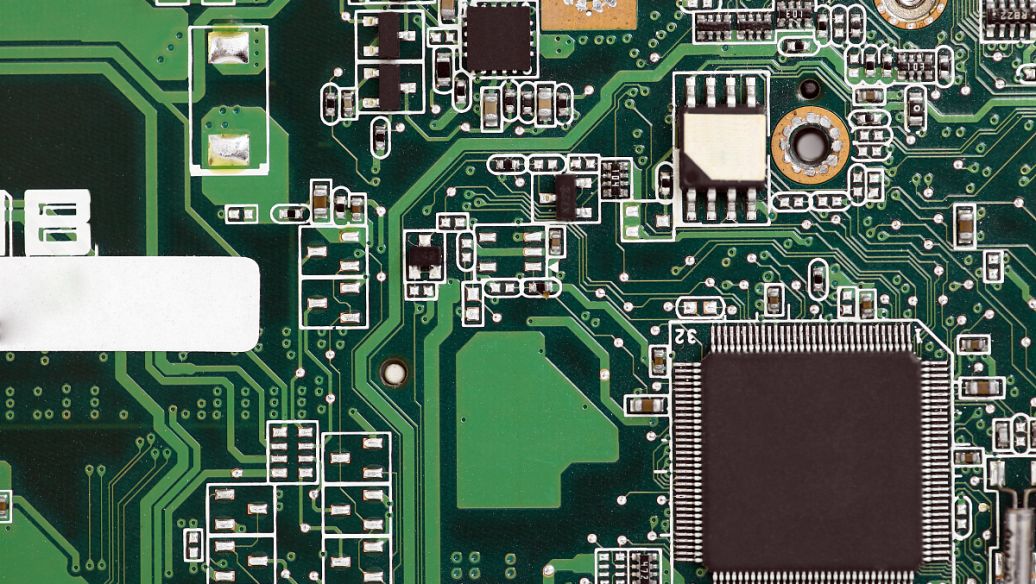
PCB printed circuit board drilling, the use of the upper and lower plate is to prevent the surface of the board and the bottom surface of the copper foil to produce burrs, so that the surface of the board drilling smooth improve the quality of the PCB printed circuit board, improve the yield. Due to the use of this auxiliary material has a certain cost, but due to the above reasons, it is in fact necessary to use, which can greatly improve the pass rate of the product and reduce the cost. The requirements for the board drilling are: there is a certain surface hardness to prevent burrs on the surface of the drilling. But not too hard to wear the drill. It is required that the resin composition of the upper and lower backing plate should not be too high, otherwise a molten resin ball will be formed when drilling and adhere to the hole wall. The larger the thermal conductivity, the better, so that the heat generated during drilling can be quickly taken away, reduce the temperature of
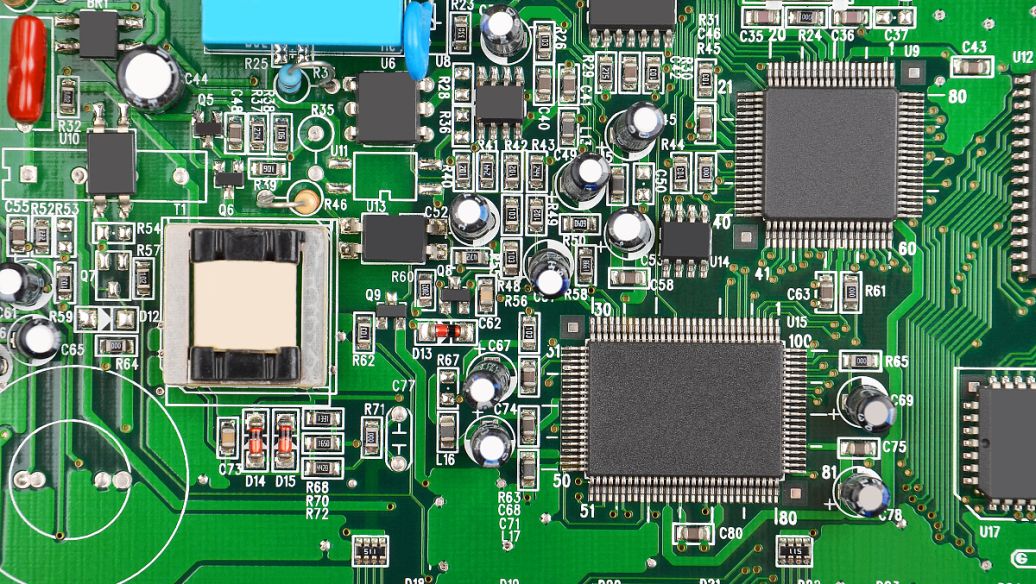
1, copper foil etching is excessive, the electrolytic copper foil used on the market is generally single-sided galvanized (commonly known as ashing foil) and single-sided plated copper (commonly known as reddened foil), the common copper is generally more than 70um galvanized copper foil, reddening foil and 18um below the ashing foil basically have not appeared batch copper. When the customer line design is better than the etching line, if the copper foil specifications are changed and the etching parameters are not changed, the residence time of the copper foil in the etching solution is too long. Because zinc is originally a active metal, when the copper wire on the PCB is soaked in the etching liquid for a long time, it will lead to excessive side corrosion of the line, causing some fine line backing zinc layer to be completely reacted off and separated from the substrate, that is, the copper wire falls off. There is also a case that there is no problem with PCB etching paramete
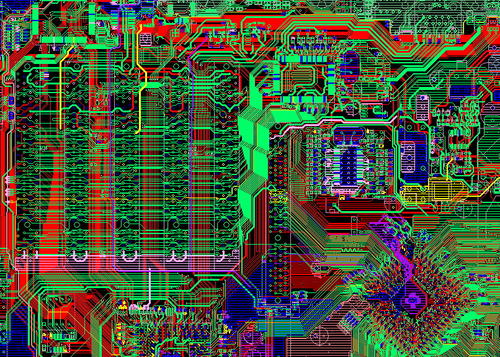
First, it is used as an electrical connection between the layers; The second is used as the fixing or positioning of the device. If you look at the process, these holes are generally divided into three categories, namely blind via, buried via and through via. Blind holes are located on the top and bottom surfaces of the printed circuit board and have a certain depth for the connection of the surface circuit and the inner circuit below, and the depth of the holes usually does not exceed a certain ratio (aperture). The buried hole refers to the connection hole located in the inner layer of the printed circuit board, which does not extend to the surface of the board. The above two types of holes are located in the inner layer of the circuit board, which is completed by the through hole molding process before lamination, and several inner layers may be overlapped during the formation of the through hole. The third type is called through-holes, which pass through the entire circuit boar
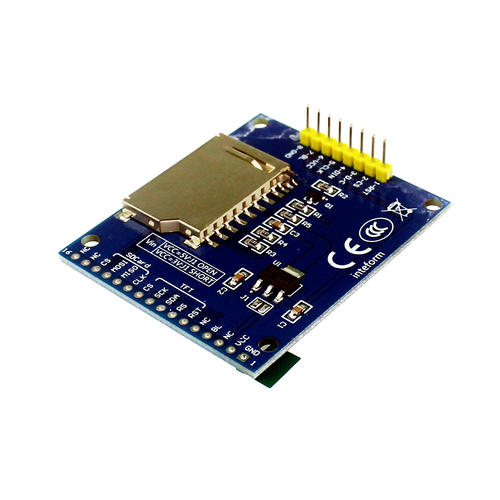
1, drilling parameters: the setting of drilling parameters is crucial, drilling speed is too fast back the drill bore force is too large and broken, drilling speed is too slow will reduce production efficiency. Because the PCB board thickness, copper thickness, plate structure and other conditions of the PCB board produced by the board manufacturer are not the same, the PCB needs to be set according to the specific situation. Through calculation and testing, the most suitable drilling parameters are selected. Generally, such as 0.3mm drill, the cutting speed should be 1.5-1.7m/min, and the drilling depth should be controlled between 0.5-0.8. 2, the cushion plate, aluminum drilling plate requirements moderate hardness, uniform thickness, flat, thickness difference should not exceed 0.076mm, such as the irregular distribution of the cushion plate is easy to jam the drill, the cushion plate is not smooth, will make the foot of the pressure is not strict, is the drill nozzle twisted bre
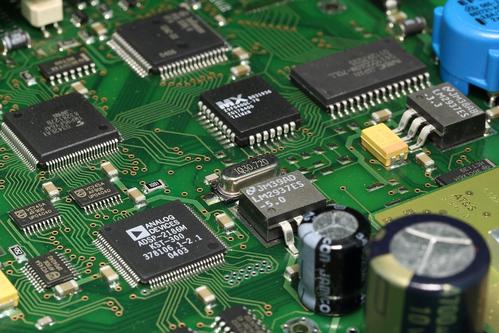
1. Prevent burrs and scratches on the surface of PCB board. 2, heat dissipation and drill cleaning function. 3, can guide the drill into the track of the PCB board to improve the accuracy of drilling. Aluminum sheet requires a large thermal conductivity, so that the heat generated during drilling can be quickly taken away, reduce the temperature of the drill, should try to use 0.15-0.2mm thick aluminum sheet or 0.15-0.35mm aluminum alloy composite aluminum sheet, effectively prevent drilling due to the high temperature caused by poor drilling chip removal and resulting in broken drill. 3, the quality of the copper clad sheet material, the glass fiber cloth of the sheet material is thick, the binding force is not good, and it will also have a greater impact on the drill break. If the resin polymerization of the plate is not complete, it is easy to produce more glue residue of the hole wall, poor chip discharge and broken drill. If there are holes in the substrate, the drill nozz
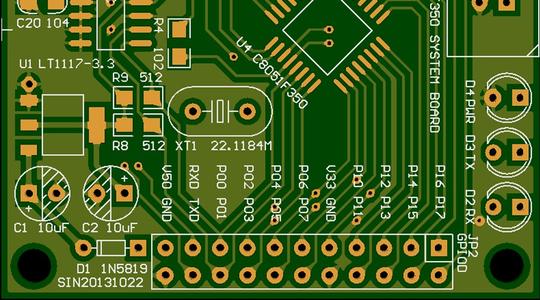
1) The diameter of the test pad specially used for detection should not be less than 0.9mm. 2) The space around the test pad should be greater than 0.6mm and less than 5mm. If the height of the component is greater than 6.7mm, the test pad shall be placed 5mm away from the component. 3) Do not place any components or test pads within 3mm of the edge of the printed circuit board. 4) The test pad should be placed in the center of a 2.5mm hole in a grid. If possible, allow the use of a standard probe and a more reliable fixture. 5) Do not rely on the edge of the connector pointer for pad testing. The gold-plated pointer is easily damaged by the test probe. 6) Avoid plating through holes - probes on both sides of the printed circuit board. Place the test tip through the hole on the non-component/weld side of the printed circuit board.

When copper plating, the low current area of the circuit board surface appears "dull" phenomenon, and the chlorine concentration is low; Generally, after adding hydrochloric acid, the "dull" phenomenon of the coating in the low current density area of the plate can disappear, the chloride ion concentration in the plating solution can reach the normal range, and the plate coating is bright. If a large amount of hydrochloric acid is added to solve the "dull" phenomenon of the coating in the low current density area, it is not necessarily caused by too low chloride ion concentration, and the real reason needs to be analyzed. If you take to add a large amount of hydrochloric acid: one, may have other consequences, two to increase production costs, is not conducive to enterprise competition. Correct analysis of "low current density area coating luster" reasons: By adding a large amount of hydrochloric acid to eliminate the "low current density area coating is not bright" phenomenon, i

Vacuum laminating machine, reduce the pressure to reduce the flow of glue, try to maintain more resin amount, because the resin affects εr, resin preservation more, εr will be lower. Control laminate thickness tolerances. Because the thickness of the PCB board is not uniform, it indicates that the change in the thickness of the medium will affect Z0. Strictly according to the customer requirements of the PCB board plate type, the model is wrong, εr is wrong, the board thickness is wrong, the manufacturing process of PCB is all right, and the same is scrapped. Because Z0 is greatly affected by εr, the finished multilayer board should try to avoid water absorption, because the εr of water = 75, which will bring a great drop and instability effect on Z0. The solder resistance of the PCB board surface will reduce the Z0 value of the signal line by 1 to 3Ω, and theoretically the solder resistance thickness should not be too thick, in fact, the impact is not very large. The surface of
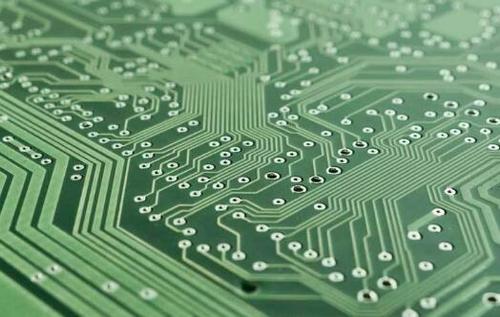
The design of dynamic circuits is aimed at the repeated bending that occurs throughout the entire lifecycle of a product, such as cables for printed machines and disk drives. In order to achieve the longest bending life cycle of the dynamic circuit, the relevant parts should be designed as a single-sided circuit with copper on the central axis. The central axis refers to a theoretical plane located at the central layer of the material that makes up the circuit. By using the same thickness of substrate film and lamination on both sides of copper, the copper foil will be accurately positioned in the center and subjected to minimal pressure during bending or bending. The design of multi-layer complexity that requires high dynamic bending cycles and high density can now be achieved by using anisotropic (z-axis) adhesives to connect double-sided or multi-layer circuits to single-sided circuits. Bending only occurs in the area of single-sided assembly, and outside the dynamic bending ar

There are two different structures for circuit boards: core structure and foil structure. In the core structure, all conductive layers in the circuit board are laid on the core material; In the foil structure, only the internal conductive layer of the circuit board is applied to the core material, and the external conductive layer is made of a foil dielectric plate. All conductive layers are bonded together through a multi-layer lamination process using a medium. Nuclear materials are double-sided foil plates used in factories. Because each core has two faces, when fully utilized, the number of conductive layers on the PCB is even. Why not use foil on one side and nuclear structure on the other? The main reason is the cost of PCB and the curvature of PCB.
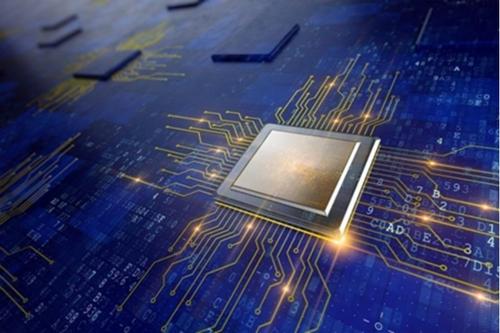
PCB (Printed Circuit Board), the Chinese name is a printed circuit board, also known as the printing circuit board, is an important electronic component, a supporting body for electronic components, and a carrier for electronic components. Because it is made of electronic printing, it is called a "print" circuit board. Act After the electronic equipment uses the printed board, due to the consistency of similar printed boards, it avoids the errors of artificial wiring, and can realize the automatic installation or paste, automatic welding, and automatic detection of electronic components, which ensures the quality of electronic equipment , Increase labor productivity, reduce costs, and facilitate maintenance. Classification (1) Single panel Single-Sided Boards is on the most basic PCB, parts of the parts on one side, and the wires are concentrated on the other side (when there is a patch component, the wire is the same side, and the plug-in device is another). (2) Double -panel

Due to the lack of one layer of dielectric and foil, the cost of raw materials for odd numbered PCBs is slightly lower than that for even numbered PCBs. However, the processing cost of odd layer PCBs is significantly higher than that of even layer PCBs. The processing cost of the inner layer is the same; But the foil/core structure significantly increases the processing cost of the outer layer. Odd layer PCBs require the addition of non-standard stacked core bonding processes on the basis of core structure technology. Compared to the nuclear structure, the production efficiency of factories that add foil outside the nuclear structure will decrease. Before laminating and bonding, the outer core requires additional processing, which increases the risk of scratches and etching errors on the outer layer. The best reason for not designing PCBs with odd layers is that odd layer circuit boards are prone to bending. When the PCB is cooled after the multi-layer circuit bonding process, th
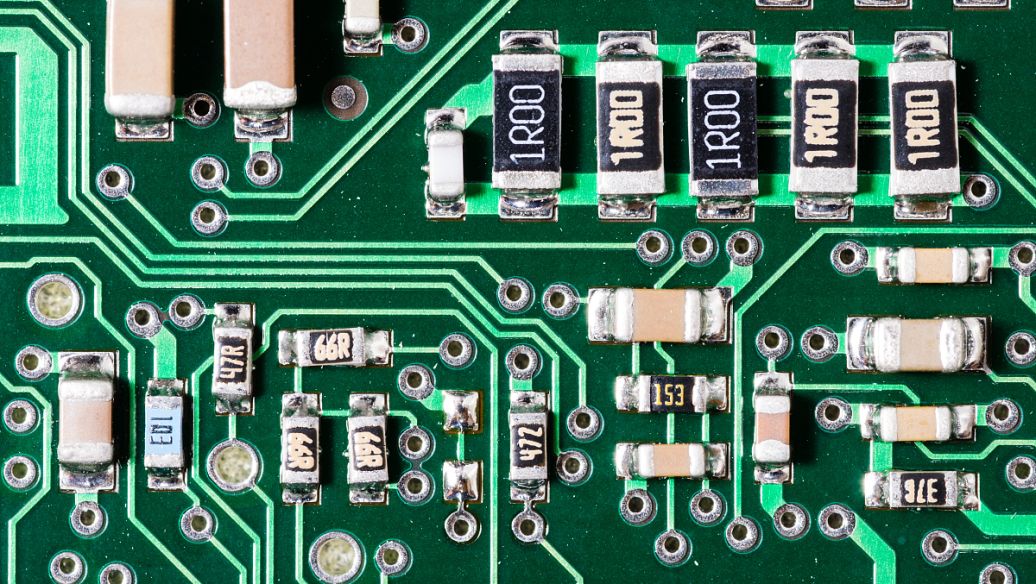
The current boards are rarely that kind of rectangular or other. They are all irregular, but there are several kinds of line drawing outer frames, which are unable to choose from. In addition, now because of the use of the equipment (such as SMT), now They all have to spell V-CUT, but the spacing spacing is different, some have spacing, and some have no distance. It is okay to do a batch for the first factory. It is not possible to fight according to the first factory, and the steel net cannot be set. Therefore, there is no special case, it is best not to have a spacing; in addition, some file design may draw a small cubic hole to draw a small cubic hole on the shape layer. Compared to PADS, it is better to put it on the appearance layer. It is easy to misunderstand the manufacturer as to rush out this hole or make the NPTH attribute. For some PTH attributes, it is easy to have problems.

PCB heat dissipation. For electronic devices, a certain amount of heat will generate during work, so that the internal temperature of the equipment will rise rapidly. If the heat is not distributed in time, the equipment will continue to heat up, and the device will fail due to overheating. Electronics will fail. Electronics will fail. Electronics will fail. Electronics will be invalidated. The reliability of the device will decrease. Therefore, it is very important to carry out a good heat dissipation treatment on the circuit board. The heat dissipation of the PCB circuit board is a very important link, so what are the cooling skills of the PCB circuit board? Let's discuss it together. 1. PCB plates that are widely used through the PCB board itself are copper -covered/epoxy glass cloth substrates or phenolic resin glass cloth substrates, as well as a small amount of paper base covering copper plate. Although these substrates have excellent electrical performance and processing p

1. Crystal foil phenolic glass layer pressure plate: It is a layer of pressure products made of epoxy phenolic resin through the heat pressure of epoxy phenol. Good performance and convenient processing. Its plate surface is pale yellow. If the triamine is used as a curing agent, the surface of the plate is pale green and has good transparency. It is mainly used as printed circuit boards in radio equipment with high working temperature and frequency. 2. Copper foil phenolic paper layer pressure plate: It is a layer pressure product made of phenolic resin perfume with phenolic resin through the heat pressure of phenolic resin. Comes with a single -alkali glass soaked tape, and it is applied to copper foil. It is mainly used as a printed circuit board in radio equipment. 3. Soft polyester copper film: It is a band -shaped material made of polyester film and copper thermal, and it curls into spiral shape inside the device in the application. In order to reinforce or moisture -proof,
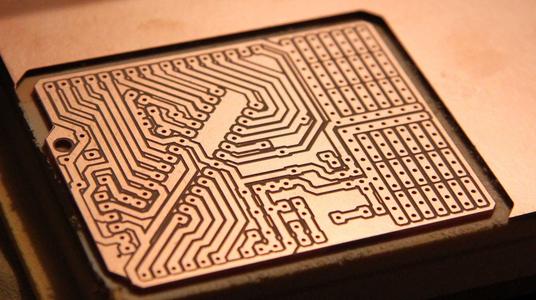
1. Layout The layout, line width, and line spacing of printed wires and pads shall be in accordance with the provisions of the design drawings. But our company will handle the following: compensate for the line width and PAD ring width appropriately according to the process requirements, and generally increase the PAD for single panels as much as possible to enhance the reliability of customer welding. When the design line spacing does not meet the process requirements (if it is too dense, it may affect performance and manufacturability), our company will make appropriate adjustments according to the pre production design specifications. ★ In principle, it is recommended that customers design double or multi-layer boards with a through hole (VIA) inner diameter of 0.3mm or more and an outer diameter of 0.6mm or more. The component pad should be greater than 50% of the aperture, and the minimum plate thickness to aperture ratio should be ≤ 6:1. The design of the width and spacing o
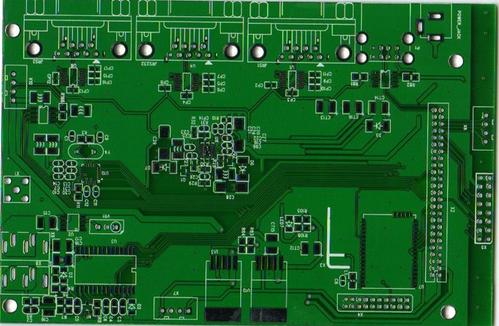
1. The various design elements that make up a PCB should be described in the design drawings. The appearance is represented by Mechanical 1-16 layers (priority) or Keep out layer. If used simultaneously in the design file, generally keep out layer is used to prohibit wiring without opening holes, and mechanical 1 is used to indicate forming. In the design pattern, indicate a long SLOT hole or hollow, and use Mechanical 1 layer to draw the corresponding shape. 2. Dimensional tolerances for PCB board samples The overall dimensions of the PCB should comply with the provisions of the design drawings. When there is no specification in the drawing, the tolerance of the external dimensions is ± 0.2mm. 3. Flatness (warpage) 0.7% (4) The concept of layers 1. If a single panel draws a signal layer on the top layer, it indicates that the circuit on that layer is the front view. 2. If a single panel draws a signal layer on the bottom layer, it indicates that the circuit on that layer is
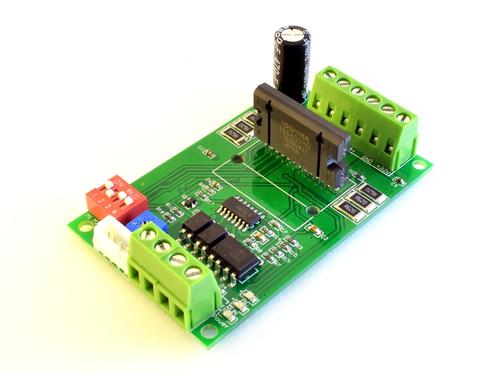
PCB (Printed Circuit Board), also known as Printed Circuit Board or Printed Circuit Board in Chinese, is an important electronic component that supports electronic components and provides electrical connections for electronic components. Due to its use of electronic printing technology, it is called a "printed" circuit board. The early 20th century to the late 1940s was the embryonic stage of the development of PCB substrate materials industry. Its development characteristics are mainly reflected in the emergence of a large number of resin, reinforcement materials, and insulation substrates used by professional PCB manufacturers for substrate materials during this period, and preliminary technological exploration has been made. All of these have created necessary conditions for the emergence and development of the most typical substrate material for printed circuit boards - copper-clad board. On the other hand, the mainstream PCB manufacturing technology, which uses metal foil etc
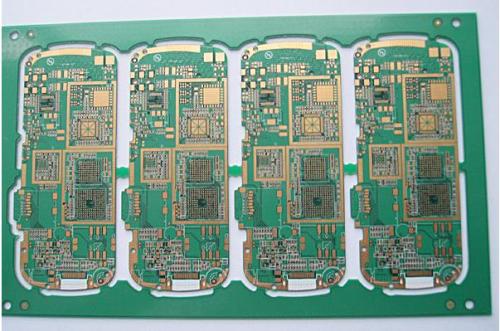
PCB (Printed Circuit Board), also known as Printed Circuit Board or Printed Circuit Board in Chinese, is an important electronic component that supports electronic components and provides electrical connections for electronic components. Due to its use of electronic printing technology, it is called a "printed" circuit board. The early 20th century to the late 1940s was the embryonic stage of the development of PCB substrate materials industry. Its development characteristics are mainly reflected in the emergence of a large number of resin, reinforcement materials, and insulation substrates used by professional PCB manufacturers for substrate materials during this period, and preliminary technological exploration has been made. All of these have created necessary conditions for the emergence and development of the most typical substrate material for printed circuit boards - copper-clad board. On the other hand, the mainstream PCB manufacturing technology, which uses metal foil etc

1. The multi-layer PCB board has good sampling quality and strong wear resistance. The surface of the PCB board sample is clearly and aesthetically pleasing, and can be marked with various logos, patterns, QR codes, and text. The patterns are directly engraved on the material, which highlights the wear resistance; 2. High machining accuracy. The minimum spot diameter of the laser beam emitted by the laser can reach 10um (UV laser) after being focused, which is of great help in processing complex graphics and precision machining; 3. High efficiency, simple operation, and cost reduction. Users only need to set the parameters on the computer to directly mark the material surface, which can be completed in just a few seconds to more than ten seconds; 4. Non destructive marking. Laser marking adopts non-contact processing, and the laser head does not need to contact the surface of the material, so there is no need to consider damage to the material; 5. Wide range of use, safe and en
Inquiry Now

